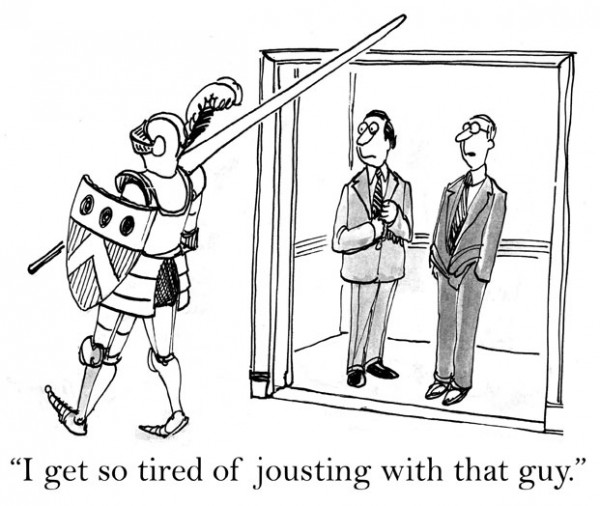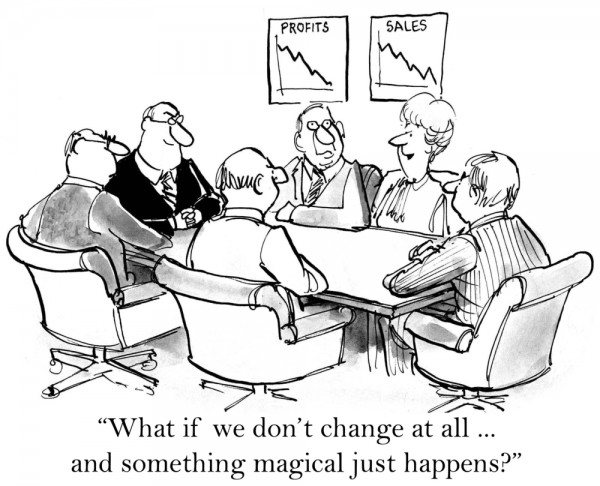In my book “Theory You” I point out the first step in learning the management of you is the accurate assessment of yourself to determine your greatest strengths. Often a person’s greatest strength can also be their greatest weakness. For example, you might be a very competitive, aggressive person. Your aggressiveness can often lead to your out-performing those who are in competition with you either inside or outside your company. Your aggressiveness might lead you to become the best sales person. The same aggressiveness can also be a weakness if it irritates people and causes you to lose sales. The main reason a strength becomes a weakness is due to the fact the strength is not properly managed. If properly managed it can become an enormous asset with a greatly reduced downside.
The following are four steps you can take to manage your greatest strengths.
I. Analyze your strengths as objectively as possible.
To delineate the strength is only the first step. Dig deeper and try to fully understand the strength. If your aggressiveness is your best asset is it internal? External? or both? Some people are very driven but it is not apparent to others. Their aggressiveness manifests itself as being driven to succeed more than being aggressive. Other people are clearly aggressive to others and that can be seen as being pushy or exceeding boundaries or comfort levels. By digging deeper to understand your strength you increase your ability to understand yourself and also to understand your impact on others. With this knowledge, you can better manage the asset of being aggressive.
II. Determine your top three strengths.
The next step is to determine how your other top strengths work to best advantage with your key strength. Your aggressiveness is not the only attribute in your arsenal. You need to fully understand your top assets so they can enhance and enrich your top asset. If your next two strengths are: intelligence and willingness to work hard, determine how they can best mesh with your aggressiveness. For example, your willingness to work hard gives you the latitude to be aggressive without becoming pushy or expecting too quick a response from a client or co-worker. It tells you that you have the capacity to put in the extra time to achieve your result. That combination is powerful and also keeps your aggressiveness in check.
III. Self-Awareness: Is your greatest strength your greatest weakness?
What is the downside of your aggressiveness? Admitting that is the first step in learning to manage it. For example, your aggressiveness might irk people who do not share your same aggressiveness. By being aware of it and sensitive you can use your intelligence and willingness to work hard to find paths to channel your aggressiveness so it remains a strength but avoids falling into the trap of coming out as a weakness.
IV. Eliminate emotion from your analysis and management.
It is almost an out-of-body experience to properly manage yourself and your strengths to their best potential. By eliminating or vastly reducing emotion you increase the odds you will be successful. A non-emotional approach will keep out the rationales and excuses that can negatively impact your self-management and keep you from enjoying the fruits of your labor.
Self-management is a new concept for many. The more you practice it and move from deliberation to habit the more powerful your strengths will become. It is a discipline that adopted early will greatly enhance your career; if adopted later it will vastly improve your performance and image.







Leave A Comment